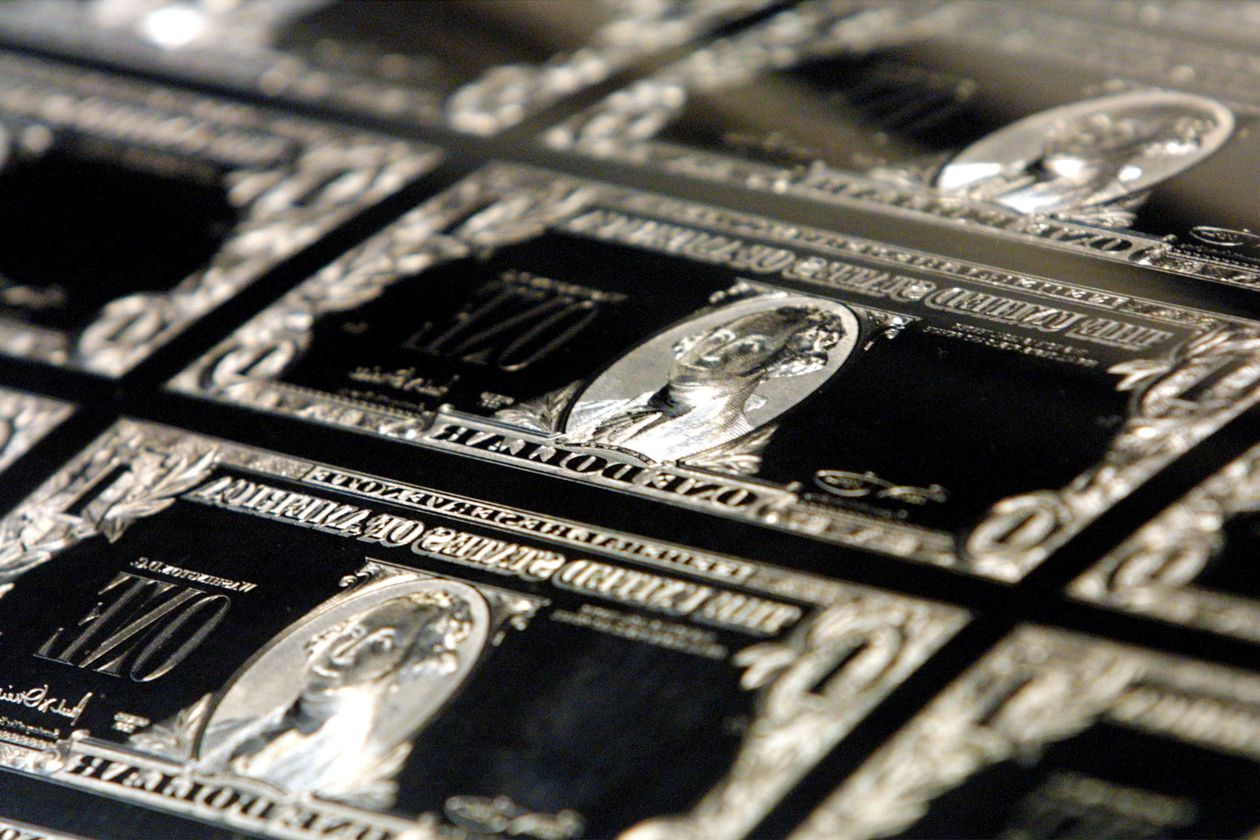The U.S. Needs a Digital Dollar to Counter China’s Threat, Lawmaker Says
Washington,
June 3, 2021
The U.S. Needs a Digital Dollar to Counter China’s Threat, Lawmaker SaysBy Daren Fonda
Some lawmakers in Congress view China's new digital currency as a growing threat to the dollar, and they’re urging the Federal Reserve to get moving on a digital dollar. A bipartisan bill introduced in the House in late May, dubbed the 21st Century Dollar Act, aims to enshrine the dollar as the “primary global reserve currency.” It would require the Treasury to report within six months on efforts to develop a digital dollar. The measure also targets China’s global currency aspirations. The bill requires the Treasury to assess the risks to the U.S. posed by China’s new digital renminbi, launched last year in a domestic pilot program ahead of a broader rollout expected for the Beijing Winter Olympics in 2022. “China is playing a long game to displace the dollar and our capital market system with a global economy that has China as the center,” said Rep. French Hill (R., Ark.), a co-sponsor of the bill, in an interview with Barron’s. The digital renminbi, he adds, “contributes to the Chinese currency becoming more acceptable for commercial purposes, sovereign and consumer payments.” Hill, who co-sponsored the bill last week with Rep. Jim Himes (D., Conn.), argues that the digital renminbi could also be used for repayment of China’s vast loans to countries in Asia, Africa, and other regions, potentially displacing the dollar. And he says that China is developing telecom equipment and payment technology, including peer-to-peer mobile apps, aimed at extending the country’s geopolitical and economic influence. “The evolution of payment technology in China is challenging the dollar-based monetary system in place since World War II,” Hill says. “The Treasury and Fed need to have a key strategy and policies to maintain the dollar’s supremacy.” China’s digital renminbi is far from challenging the dollar in global commerce. Along with other hard currencies like the yen, euro, and British pound, the dollar dominates global trade and foreign-currency reserves held by banks and consumers. The renminbi, also known as the yuan, accounts for 2.4% of global payments, versus 38% for the dollar, according to the Society for Worldwide Interbank Financial Telecommunications. Yet the yuan has been climbing the charts, now ranking fifth for global transactions, up from 35th in October 2010, according to Bloomberg. China has stated that it isn’t developing a digital currency to challenge the dollar. “For the internationalization of renminbi, we have said many times that it’s a natural process and our goal is not to replace [the] U.S. dollar or any other international currency,” said Li Bo, deputy governor of the People’s Bank of China, in April, according to CNBC. “I think our goal is to allow the market to choose and to facilitate international trade and investment.” China is now doling out 40 million digital renminbi ($6.3 million) in a lottery to citizens in Beijing, following similar airdrops to mobile wallets in other cities last year, according to media reports. Nonetheless, China is planning a broader rollout of the digital renminbi ahead of the Winter Olympics in 2022. And many other countries are developing digital coins backed by reserves at their central banks. The European Central Bank, Bank of England, Bank of Japan, and others are all studying central bank digital currencies, known as CBDC. Democrats in Congress have urged the U.S. to develop a digital dollar, partly to encourage financial inclusion among “unbanked” people who don’t have bank accounts and pay steep fees for check cashing and other financial services. A digital dollar could also be used for international remittances that now carry steep transaction fees. The growth of “stablecoins” is putting pressure on the Fed and other central banks to develop digital rivals. Stablecoins are pegged at a 1:1 ratio to a currency like the dollar, and they’re increasingly being used for private and commercial payments. Tech companies, banks, and others are all developing stablecoins. The most prominent stablecoin backed by large companies is Diem (formerly known as Libra), which is being developed by a consortium including Facebook (ticker: FB) and Uber Technologies (UBER). The group said in May that it plans to launch a Diem pilot project for a U.S. dollar-based coin, pending regulatory approvals. “We need a digital dollar to participate in that movement of commerce onto the blockchain in the years ahead,” says Hill, referring to the challenge posed by Diem and others. Insights into the U.S. government’s plans should be coming soon. The Federal Reserve Bank of Boston is expected to release findings of a technical study on a digital dollar, in conjunction with the Massachusetts Institute of Technology, later this summer or early fall. The 21st Century Dollar Act may still have to make it through a House committee before reaching the floor for a vote. Hill wouldn’t commit to a timeline, saying, “I hope we can mark this up, move it in the House, and find support in the Senate.” |



